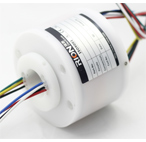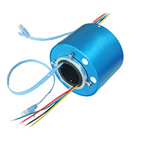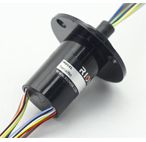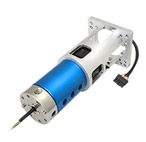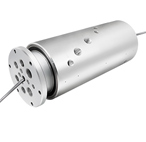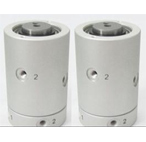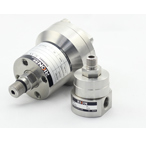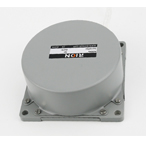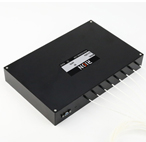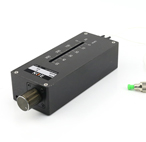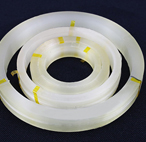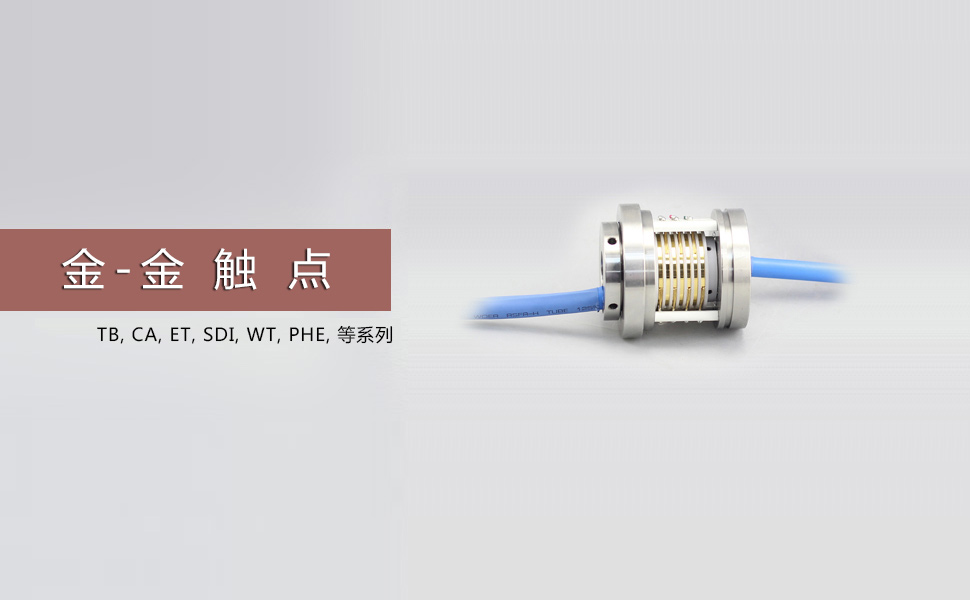Slip Rings In Wound Rotor Induction Motor
An induction motor where the slip rings have rotor windings connected through them are called Wound Rotor type Induction Motor. It has a stator similar to the Squirrel-cage induction motor and a rotor consisting of insulated windings that brought out through slip rings and brushes.
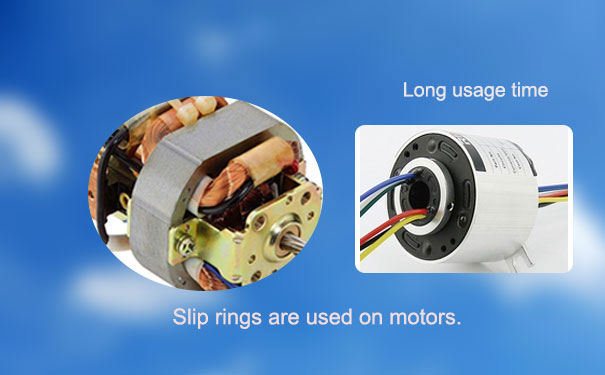
The rotor in the motor slip ring has more winding turns, in comparison to a Squirrel-cage rotor, which offers more induced voltage and reduces the current. Their sole purpose is to place the resistance the in a series with the rotor windings. Putting the resistance in series, the rotor winding substantially decreases the LRC (Locked Rotor Current) and increases the LRT (Locked Rotor Torque) too. This torque is much more in magnitude than what the starting torque gives with no motor resistance.
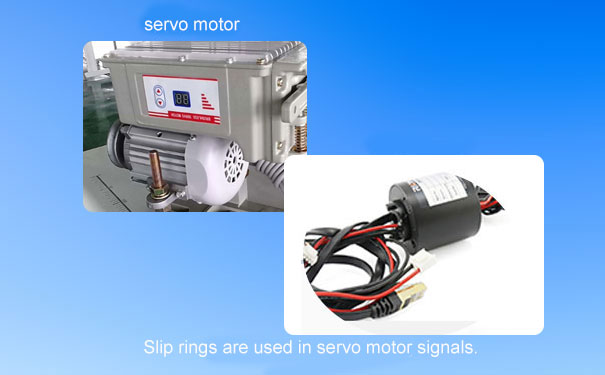
The resistance tends to decrease the torque generated initially at full speed but the resistance runs out at the time when the rotor starts. The only disadvantages with the wound rotor induction motor are the complications and the maintenance with the brushes and slip ring assembly in comparison to a Squirrel-cage induction motor. The wound rotor induction motor is best suited to start with high inertial loads. The high initial resistance is responsible to make a high pull out torque be available even at zero speed. If compared, a Squirrel-cage motor only gives out pull-out torque at 80 percent of the synchronous speed. Controlling speed If variable resistance is being put in the rotor circuit, the speed of the induction motor may vary. The high initial torque is given at zero speed, while downshifted torque is not given at high speed. If the resistors increase in value over zero, higher resistance further reduces the speed.
The speed regulation is bad given the changing torque load. The speed control practice is only effective with a range of 50 percent-100 percent of the full speed but works well with different speed loads such as in elevators and even in printing presses. A wound rotor type induction motor can also function as the generator when driven on more than a synchronous speed. This kind of machine can also be termed as Doubly-fed induction motor because of the connections of both stator and the rotor. As the speed of wound induction motor can be checked over a range of around 50 percent - 100 percent with the help of adding a resistor to the rotor, the same is expected from the doubly-fed induction motor. The wound rotor type induction motor can be utilized in many forms of an adjustable-speed drive.
A few types of variable-speed drives help in recovering slip-frequency power from rotor circuit and transmit it to the supply, permitting a broad range of speed with a high energy efficiency. Today speed checking, with the help of an electric slip ring motor, is almost replaced by the induction motors that have variable-frequency drives. The wound rotor induction motor proposes some great qualities. It offers an excellent torque for high inertial loads. It requires low starting current as compared to the squirrel-cage induction motors. The speed generated is resistance varying around 50 percent - 100 percent full speed. In comparison to Squirrel-cage motors, it also offers high maintenance of the brushes and the slip rings.
Others:
Pri: Rotary Electrical Connector Solving Slip Ring Dilemma for Data Equipment Manufacturer Next Introduction to Slip Rings Used in Medical Field
Others:
Advantage Of A High-frequency Slip Ring
An Insight into HD Slip Ring and Virtual Reality Technology
High-frequency Slip Ring - The Ideal Modern Slip Ring
The Design Cue of Turbine Slip Rings And Its Advantages
Introduction to Slip Rings Used in Medical Field
Slip Rings In Wound Rotor Induction Motor
Rotary Electrical Connector Solving Slip Ring Dilemma for Data Equipment Manufacturer
How Does Slip Ring Induction Motor Start?
The Interdependence of Slip Ring and Thermocouple
Assembly and Application Of Mercury Slip Ring

